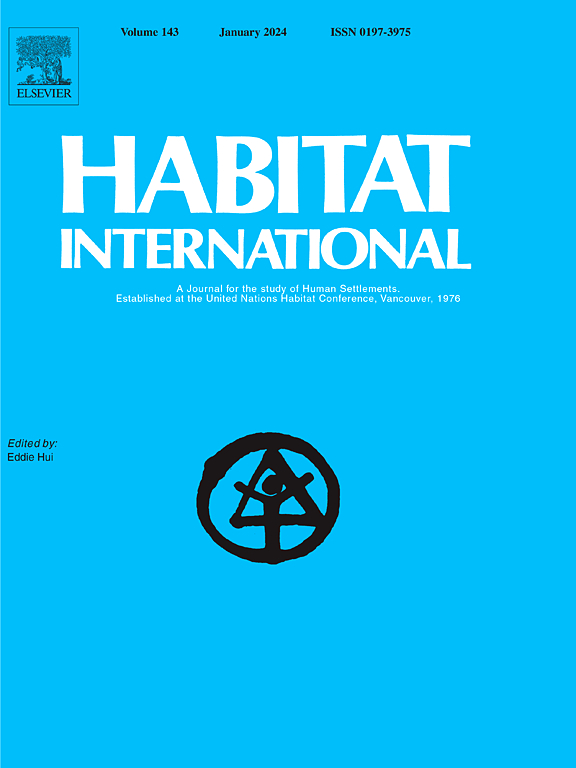A multi-perspective framework for assessing urban well-being, development, and sustainability
IF 6.5
1区 经济学
Q1 DEVELOPMENT STUDIES
引用次数: 0
Abstract
As urbanization continues globally, assessing the state of development, well-being, and sustainability of cities and towns is critical. Most previous studies have predominantly relied on a single assessment system, often aligned with a specific perspective. This paper presents a study aimed at advancing a multi-criteria framework for assessing urban settlement performance. The proposed framework brings together diverse perspectives, emphasizing various assumptions about what should be considered positive or negative for different aspects of urban development, well-being, and sustainability. The analysis initially explores the structure and content of this proposed assessment framework, adapting existing leading international approaches to local urban scales. Three themes are advanced, each emphasizing a somewhat different perspective: (a) the conventional approach, which prioritizes socio-economic factors; (b) an integrated approach that quantifies the quality of life and well-being, emphasizing the need for social, economic, and environmental indicators; and (c) a socio-environmental perspective, employing a ‘strong sustainability’ approach within the context of planetary boundaries. Here we examine the Israeli urban sector by analyzing 89 urban settlements of varying characteristics, including size, economic status, social and cultural-religious attributes, and geographical location aggregated into six clusters. Our analysis reveals a range of scores between and within each theme of the analyzed settlements and aggregated clusters. As expected, high socioeconomic towns and cities are receiving the highest scores based on the conventional theme and low income, and specifically minority towns the lowest. But within this theme, a range of scores are presented and no single settlement receives a perfect score. Embracing the integrated theme and using the socio-environmental theme results are changes, and leading settlements by one theme may rank lower by another. This work provides a unique perspective on development and may signal alternative directions for progress.
求助全文
约1分钟内获得全文
求助全文
来源期刊

Habitat International
Multiple-
CiteScore
10.50
自引率
10.30%
发文量
151
审稿时长
38 days
期刊介绍:
Habitat International is dedicated to the study of urban and rural human settlements: their planning, design, production and management. Its main focus is on urbanisation in its broadest sense in the developing world. However, increasingly the interrelationships and linkages between cities and towns in the developing and developed worlds are becoming apparent and solutions to the problems that result are urgently required. The economic, social, technological and political systems of the world are intertwined and changes in one region almost always affect other regions.
 求助内容:
求助内容: 应助结果提醒方式:
应助结果提醒方式:


